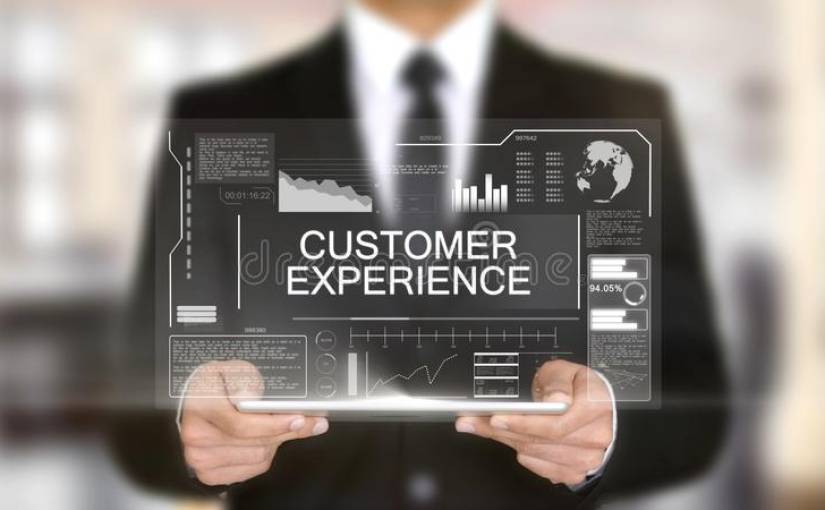Are you still selling like it’s 2013? It’s no secret that the buyer experience has changed drastically in the last decade. The pandemic turned enterprise buyers into savvy e-commerce hunters and SaaS experts. When everyone is used to seamless, one-click checkout on the web and personalized, white-glove treatment in their consumer buying channels, that becomes the expectation for the B2B experience too.
These days the real sales cycle happens when the customer interacts with your product in the wild. If you give them the right tools, you can save them time and effort, and even better, you can get them to buy with minimal outside intervention.
Customers know what they want when they want it
In today’s tech-heavy business climate, sales executives must ramp up their businesses for growth correctly. Your SaaS-savvy customer won’t fit into rigid, outdated sales processes. Business leaders need to adopt a future-proof sales model that aligns with the way today’s customers want to buy and anticipates the challenges they face along the way.
With the average number of SaaS applications used by organizations jumping meteorically from 16 in 2017 to over 80 in 2020, today’s buyers are deeply educated and sophisticated in their buying decisions, spending over 45% of their time researching their options.
Furthermore, your current and potential investors or buyers expect sales cycles to be far faster, lower customer acquisition costs, and churn minimization in their own products. Your product and sales tactics should reflect this new reality.
How to Ditch Outdated Sales Practices
The first thing you must remember about today’s sales process is that it is almost completely divorced from the traditional enterprise sales model. Buyers want to educate themselves. The best SaaS offerings focus on giving buyers what they need to understand how you might relate to their challenges and what makes your tool valuable.
This means each product interaction should be truly independent of the sales experience, yet with each step; there should be a clear system for the customer to ask for more. Customers tend to ask for more support, more features, or more power, and finally, a conversation then begins.
Too many SaaS companies make their clients jump through hoops just to check out a product. Questionnaires, pre-sales surveys, address and info requests, and even simple logins can send a customer running for the hills. Your product needs to be ready to run at any time for anyone.
Does your company “hide the ball” regarding its product?
A company may promise something huge — a high cost or time savings — and then explain that it takes weeks to implement their product into production environments. We recommend having some kind of demo ready at all times. You have to put the product in front of people ASAP, especially when there are longer sales funnels.
Finally, we often see SaaS companies offering up Sales Engineers early in the funnel or on every call. Sales Engineers are expensive resources that deliver optimal value further in the sales process. Sales reps need to be able to show, talk about, and demonstrate nearly every aspect of the product to any client. Sales Engineers can come in during technical validation, not qualification.
Taking all this into account, how do we build teams for this new business buying world? How do modern GTM leaders build processes for growth based on their product, price point, and target customers?
Want to see a great current example? Follow OpenAI’s current tactic. They offered ChatGPT for free, blew up the Internet with praise, and then started charging for premium API access. It’s a no-brainer, and it’s exactly how modern SaaS has to perform to meet the needs of current customers.
Marketing to Delight and Deliver
Your website is the first thing your customers see; if you are not careful, it’s often the last. Make this first interaction with your website interaction with your product. Within the first 15 seconds, potential buyers should know how you can solve their problem and why the process of working with you will be worth the investment.
Make the customer experience exciting and engaging — include interactive experiences and resources across your website (and external channels) so that a buyer’s specific problem or concern is addressed in a clear and effective manner.
What does this mean in practice? Make sure your product is one click away from the front page and that the front page features plenty of useful screenshots. Text is useful when consumers have the leisure to read it but imagine today’s SaaS buyer: they’re juggling five jobs, dealing with layoffs and training, and they’re exhausted by two years of lockdown.
Tell people what you have and then give it to them. You’ll speed the sales cycle up a hundredfold.
Sales that Fit Buyer Expectations
Death to decks. No one has the time or patience for discovery calls and presentation decks anymore. Modern sales teams need to be selling, not pitching.
Our advice? Use the discovery-thru-demo format. Listen to how your customers talk about their problems before they are customers. Gather the information you want through an interactive experience to further tailor and customize the product to the buyer’s needs rather than rely on questionnaires, forms, or surveys — which may or may not be filled out and in no way addresses their specific concerns.
In this present climate, sales cycles are getting longer, the value must be proven, and even then, the approval to get things done goes all the way to the CFO. Finance and budget thresholds are lower. This all means every bit of friction is multiplied.
Take the friction away — Show value at every stage
Provide an experience where ROI can be proven, and show how your product solves problems and increases efficiency. Make your potential buyer a hero by showcasing one or more benefits in a demo that a client is enthusiastic about and solves a particular problem within the organization. By anticipating the hurdles they may face in the decision-making process, you’ll become an ally and an asset.
More importantly, by creating interactive demo experiences, you’ll free up your solutions engineers to focus on customized solutions further into the sales funnel that will really wow your buyer.
Product and Engineering Teams
It is important to recognize the new paradigm shift of how products are being bought and incorporate that into the product and engineering teams.
We recommend viewing sales as a core strategic piece that is a part of the product design. Empower sales and marketing teams with tools that do not rely on engineering but rather use innovative product ideas and capabilities that exceed functional operations and directly solve problems as part of the overall design and manufacturing process.
You’re probably working with a team of often overworked and overwhelmed developers. Optimize their time instead of following the old “spray and pray” model. By controlling your costs and output, you can deliver specific features and tools that benefit your customers and not your vendors.
The Bottom Line
Buyer expectations have changed, and it’s an amazing time to be able to engage and sell to these educated, self-service buyers.
Learning how to build an integrated sales experience that aligns with the modern buyer persona is a process that spans the entire company. Sales, marketing, and engineering need to work together to create a unified message that makes your buyer feel understood and supported every step of the way.
SaaS has changed a lot in the past decade. Now is a great time to evolve and meet buyers where they are. The outcomes will be dramatic.
About Reprise
Reprise is the only enterprise-class demo creation platform that delivers both interactive product tours and live demos to its users. Reprise provides a no-code SaaS option that gives teams the power to control the narrative of their demos, deliver custom product experiences, and track usage — without developer involvement.
Featured Image Credit: Provided by the Author; Pexels; Thank you!



